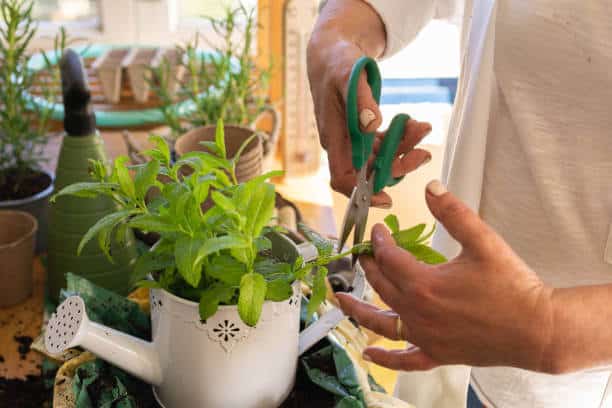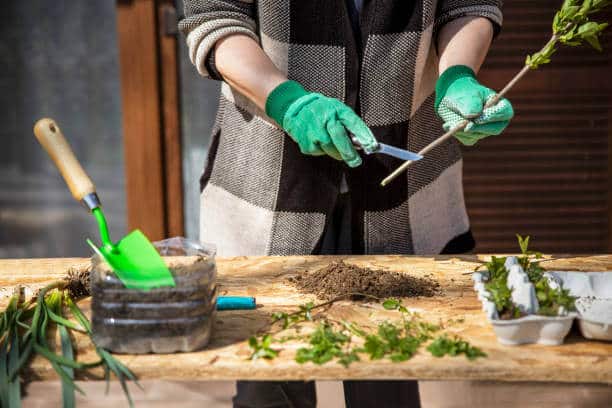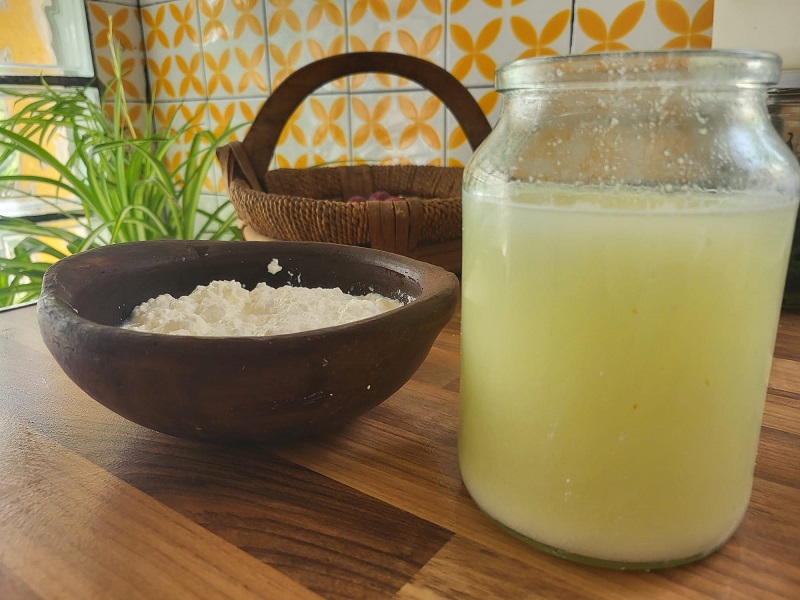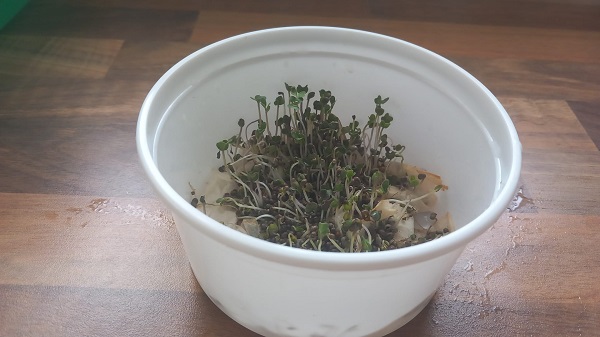Aromatic plants are a joy for the senses: they add flavor to our meals, beautify the space and attract beneficial insects. Growing them at home is a very rewarding experience, and if you can multiply them at no cost, all the better!
Luckily, many of these species are easily reproduced by cuttings, a simple and effective technique to expand your collection without having to buy more plants. In this tutorial we show you step by step how to do it at home.
What are Cuttings?
Cuttings are stem fragments that are separated from the mother plant with the intention of generating a new complete plant. When placed in suitable conditions, these stems develop roots and begin to grow independently.
This technique is especially useful for aromatic plants, since it maintains all the characteristics of the original plant and allows us to obtain genetically identical clones. It is a method widely used in home gardening because it does not require complicated materials and offers fast results with minimum effort.
When taking cuttings, these can be rooted both in water and directly in substrate, giving us in a few weeks new plants ready to thrive.
How to reproduce cuttings
Before you start
- Look for a healthy mother plant. The most recommended plants when taking cuttings are: basil, rosemary, mint, sage, oregano, thyme and mint.
- Have clean, sharp scissors, a glass of clean water or a small pot with a light, moist substrate at hand.
- Use cinnamon powder, optionally, to prevent the appearance of fungus.
- Work in a warm and luminous place (without direct sun), with a temperature around 20ºC to reduce the stress of the plant.
Step by step to reproduce aromatic plants by cuttings
1º Select and cut the appropriate cutting. Choose a healthy, young stem that is about 10 – 15 cm. It should be flexible, without flowers or signs of disease, and once selected, cut it just below the node (the place where the leaves sprout).
2º Prepare the cutting. Remove the lower leaves from the stem leaving only those at the top. If there are flowers, remove them as well since we want the plant to concentrate its energy on rooting and not on flowering.
3º Roots in water or soil. Place the cutting directly in a glass of water or in a pot with moist soil. If you decide to do it in water, change it every 2 -3 days to avoid bacteria. If, on the other hand, you prefer to place the cuttings in a pot, plant them in a light, moist substrate, but do not soak them in water. Finally, whether you have decided to do it in water or in soil, place the cuttings in a bright place without direct sunlight.
4º Wait for the roots to sprout. After 1 – 3 weeks, depending on the plant, you will see fine white roots start to appear. If you placed your cuttings in water, wait until the roots are 3 – 4 cm long before transplanting. If, on the other hand, you placed them in a pot, you will notice that they start to grow independently.
5º Transplant and take care of your new aromatic plant. Once the cutting has good roots, plant it in its final location. Water it gently and place it in an area with good indirect light. It will soon begin to grow and branch out.



Tips for successful cuttings
When it comes to working with cuttings, there are a few keys that can make the difference between success and failure. For example:
- Do not limit yourself to making only one cutting, prepare several at a time, this will increase your chances of obtaining viable plants, since not all of them develop roots.
- Be patient, some species need more time than others.
- Keep a balance when watering your cuttings. Although they need constant moisture, too much water can cause rotting at the base of the stem. Good ventilation and avoidance of waterlogging are essential for a healthy environment.
- Another point to keep in mind is to keep the tools with which you work clean and disinfected. This will prevent the transmission of diseases from one plant to another, something especially relevant if we work with several species.
- Finally, keep in mind that every plant is different. Observe how your cutting responds to conditions and adjust location, watering or substrate type if necessary.
- Most plants will perform best if you make cuttings in the fall or winter, when they are less active.
Why choose reproduction by cuttings?
Reproduction by cuttings is not only an accessible and economical technique, but also offers unique advantages over other methods such as sowing by seeds. By reproducing a plant by cuttings, we obtain an identical genetic copy of the mother plant, which guarantees that our new plant will acquire qualities such as flavor, aroma or resistance of the mother plant. A very valuable aspect, especially in aromatic plants, where these characteristics can vary from one plant to another.
In addition, cuttings usually grow much faster than seedlings, which means that in much less time we can enjoy new plants ready to harvest. And although as we have mentioned aromatic plants are ideal for this type of reproduction, there are many others such as lavender, geranium, hydrangea or pothos that also respond very well to rooting by cuttings.
Even some indoor plants such as monstera or ficus are successfully propagated by this technique, opening a range of possibilities to multiply our favorite plants at no cost and with a personal touch, adapted to what we already have at home.
Here is a series of recommended products when starting to reproduce your plants by cuttings:
✂ Pruning shears
Cut with precision and cleanliness to obtain healthy cuttings and facilitate rooting.
👉 View on Amazon🪴 Pots Cuttings
Facilitates root development in cuttings. Ideal size, good drainage and resistant materials.
👉 View on Amazon🧂 Cinnamon Powder
Ideal to prevent fungi and stimulate the rooting of cuttings in a natural way.
👉 View on Amazon


